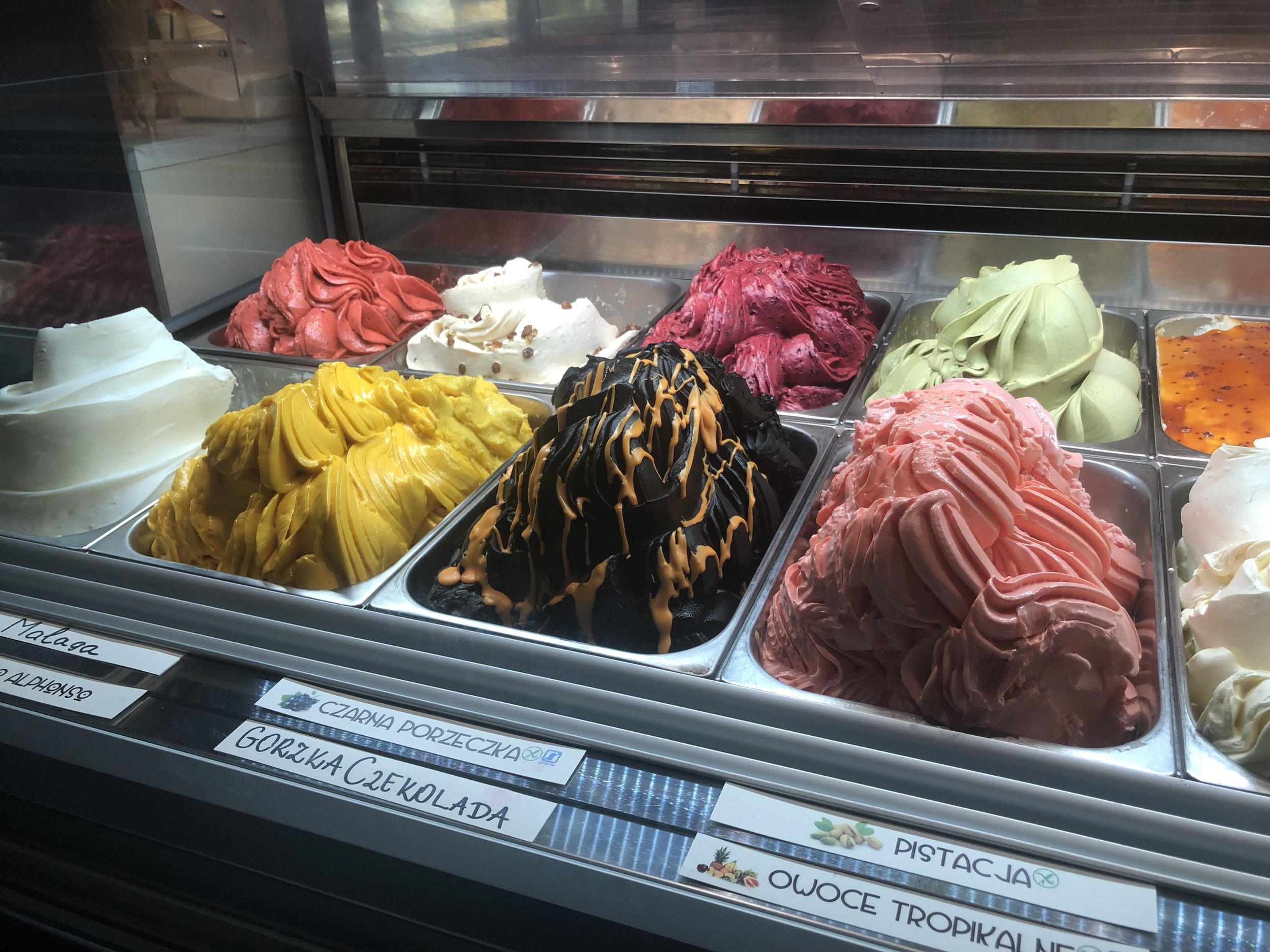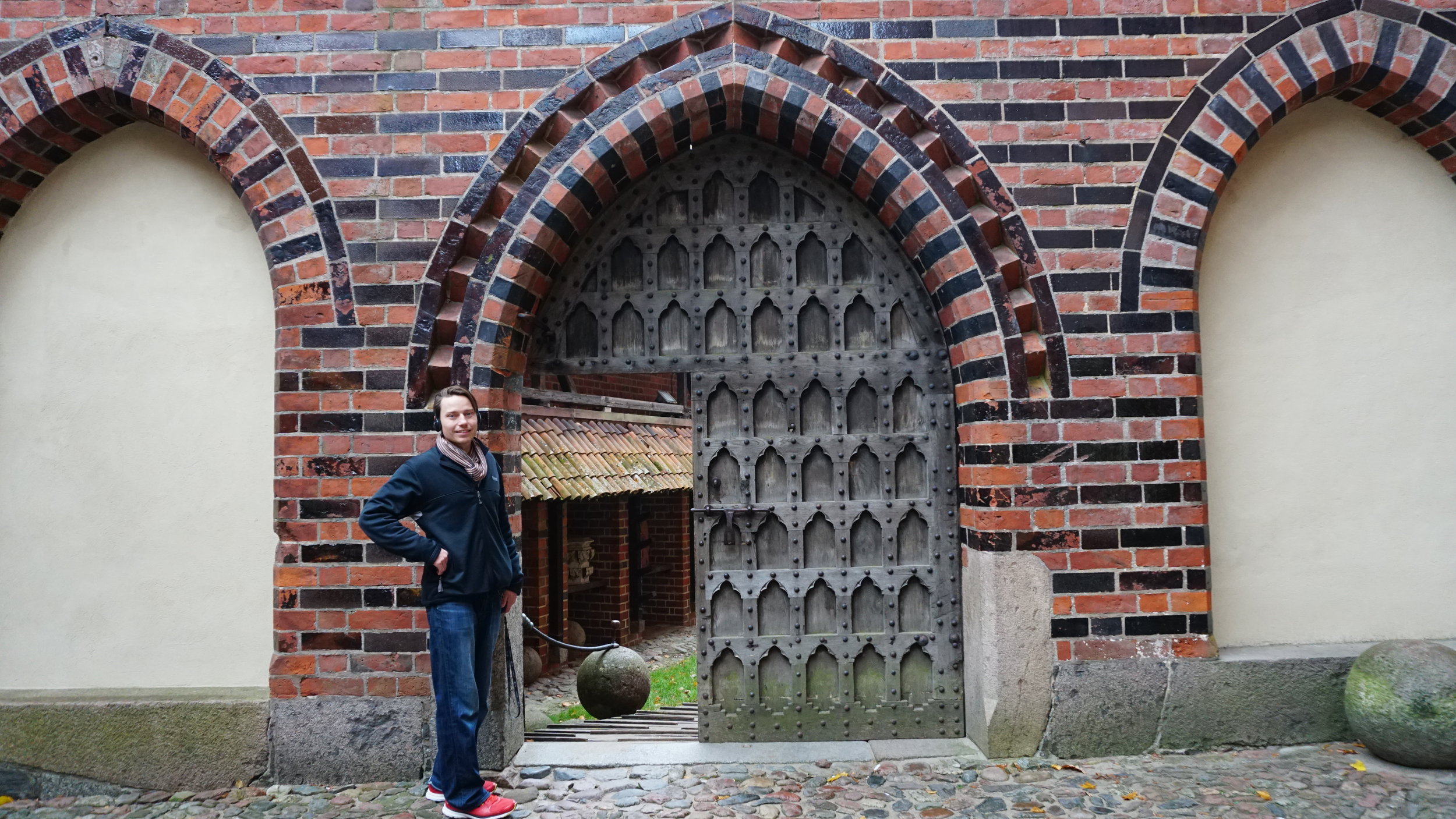After Zakopane we headed northeast to visit the town, Rzeszow, where Andrzej was born and lived until he was two when his family moved to CT.
This is nearly everyone in Andrzej’s family that we got to visit with. We visited during the holiday, All Saint’s Day, which is an important holiday in Poland’s Catholic community. It is the day after Halloween (fka Hollow’s Eve). It is when Catholics go and visit cemeteries and put candles and flowers on the tombstones of their loved ones who have passed. The cemeteries were absolutely filled with people and lights and flowers. At night it was beautiful seeing all the candlelight stretching over huge amounts of space.
This part of the trip was really great. It was nice to be able to visit with family so far from home and have the time to really catch up and enjoy each other’s company. We ate delicious home cooked meals, talked about all sorts of topics from how things have changed in Poland, politics, Poland’s history, the economy, family events, drank homemade nalewki (nal*lef*key) (aka alcholic tinctures) and shared recipes. We looked through old pictures and recent pictures. We got to know Andrzej’s cousin’s kids who are already starting to go to college.
The most tiring aspect of this part of our travels was my trying to learn Polish and follow the conversations, and Andrzej trying to also keep up with the Polish and then try to translate it for me. Everyone was incredibly nice and helpful with this, however. Polish hospitality, is nothing but generous and kind and is definitely something we all should strive for.
The Food!
Lots and lots of perogies! Hopefully we do not turn into one!




































A Walking Tour of Rzeszow
Museums:
Auschwitz concentration camp in Oświęcim, Poland.
Not much to say about this other than how deeply sad it makes you feel. It’s good that they preserved it, we shall never forget the lives that were lost, and we will never let this happen again!
The Ulma Family Museum in Markowa (Mark*Ova), Poland.
A museum dedicated to a Polish family of six who hid Jews during Nazi occupation. They were all executed for hiding a Jewish family.
The Warsaw Rising Museum
Since it was raining, we made it a museum day. We went to the Warsaw Rising Museum before POLIN (sorry we didn’t take any photos here), which was about the 45 day uprising of Warsaw in 1944 when over 150,000 residents were killed. This was a story we hadn’t heard before, so we spent quite a long time here (3.5 hours!). They even had recreated the sewer pipes that the people of Warsaw had used during the uprising that we could walk (in Andrzej’s case, crouch) through. We had to wait an hour in the rain just to get inside it was so busy. Both the Warsaw Rising and the POLIN Museums were deeply moving as they reflected on the tragedy of much of Poland’s history. They were absolutely filled with information, which made it hard to move through them quickly and efficiently. We both reflected that it would have been helpful to use audio-guides. Our brains were practically fried from all the reading and material we tried to absorb.
Poland has done a remarkable job at creating architectural spaces that display significant periods of its history filled with artifacts and interactive displays to engage everyone. All the museums we visited were packed, and we visited them on different days of the week, with different weather. As you may also notice, many of the museums are fairly new. This reflects the fact that Poland is making up for lost time.
The POLIN Museum in Warsaw, Poland.
POLIN Museum of the History of Polish Jews is a museum on the site of the former Warsaw Ghetto. The Hebrew word Polin in the museum's English name means either "Poland" or "rest here" and relates to a legend about the arrival of the first Jews to Poland. Wikipedia. We didn’t take any interior photos here, but there were many artifacts related to this history. One that was particularly interesting was the recreation of a Jewish Synagogue that was very colorful with painted decorations on every wall and post and ceiling.
Walking Tour of Warsaw
The Solidarity Museum in Gdansk
Located in Gdansk. This museum was particularly significant to us because it was about the history of the Solidarity movement and when Martial law was imposed. It was a captivating display of what life was life during that tumultuous and confusing time. Andrzej’s siblings and older cousins were old enough to remember when the TV cartoons switched to a national broadcast displaying General Jaruzelski announcing Martial Law.
We also learned after being thoroughly confused and exhausted from the Warsaw Uprising Museum and the POLIN Museums that having the headsets tour guide really is worth it. Not only does the headset tour guide give you more information about what you are looking at, but it also guides you through the exhibits with more direction.
A Walking Tour of Toruń, Gdansk, Sopot and Gdynia in northern Poland
You will notice a medieval and gothic theme throughout the architecture here in northern Poland.
Malbork Castle
It felt like going back in time. It was the home of the Teutonic Knights and their Grand Master. This castle dates back to the 13th century.
While this castle has undergone many renovations in both the 19th and 20th centuries and was just recently completed in 2016, it has withstood so much destructive history in Poland. Many of the restoration techniques used on this castle have been studied and used around the world. Andrzej and I were remembering our visit to Egypt last year where we had discovered the restoration team at Queen Hatshepsut’s temple were Polish. We don’t know if there was a direct correlation between those restoring this castle and her temple, but it appears that the Polish are well versed in historical preservation and restoration work. There is, however, always controversy in regard to distinguishing the new from the old. That being said, we both really enjoyed the fact that they rebuilt the damaged areas so that we could experience the scale and details that people would have experienced centuries ago. It’s hard to imagine how it was constructing this fortress with such primitive (to us) technology.






































































































































